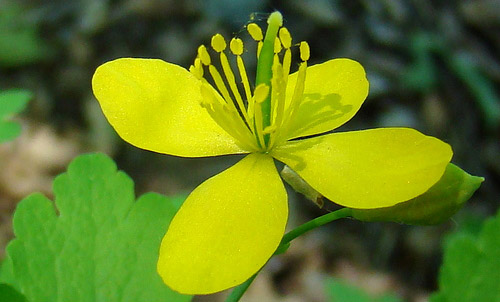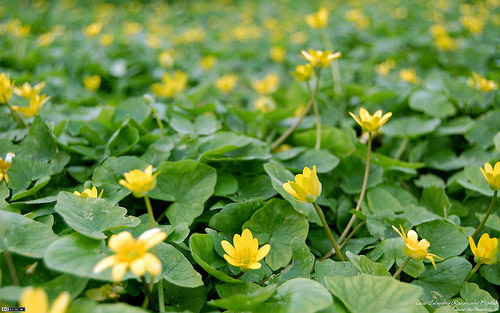
Welcome to another week and a new Monday lesson on a plant your horse can’t eat. Today, look at a seemingly innocent and sunny plant with bold yellow flowers, Celandine.
A Little About Celandine
Chelidonium majus is Celandine, also commonly called Greater Celandine, Tatterwort & Rock Poppy. This is an erect growing plant with deeply divided leaves, bright yellow flowers, bright yellow sap and small black seeds.
How Dangerous Is It?
This plant is unpalatable to horses and a much larger concern during drought conditions. However its extreme toxicity means that grazing pastures should be carefully watched for these sunny blossoms. Celandine contains isoquinoline alkaloids which can be deadly.
The roots of Caladium are toxic and can be fatal to equines.

What To Look For
You know your animal the best, so you should know when something is amiss. Celandine toxicity symptoms can include gastrointestinal upset, bloody diarrhea, loss of coordination, unconsciousness & coma.
Learn More
Be sure to check out the Celandine page to learn more about the plant and while you are at it why not check out more toxic plants?
*It should be noted that I’m not a veterinarian. This information is written specifically for horses and should be used for reference purposes only. If you think your horse has eaten something toxic call your vet right away.
